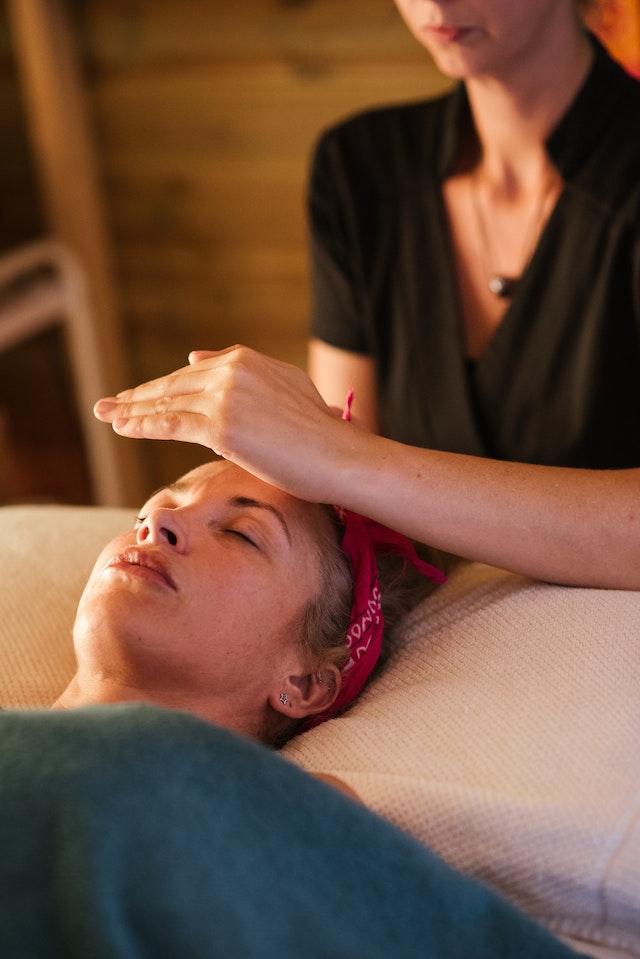The Science behind Reiki

Reiki is a healing technique that involves channeling energy through the hands of a practitioner. This practice has been around for over a century, and it has gained popularity in recent years. While some people believe in its effectiveness, others are skeptical about the science behind Reiki. In this article, we will explore the science behind Reiki and examine whether it is a legitimate healing practice or just a pseudoscience.
What is Reiki?
Reiki is a Japanese healing technique that involves the transfer of energy from a practitioner to a patient. The word Reiki is made up of two Japanese words: “rei,” which means universal, and “ki,” which means life force energy. According to Reiki practitioners, this energy flows through all living things, and when it is blocked, it can cause illness and disease. Reiki practitioners use their hands to channel this energy to the patient, promoting healing and relaxation.
The history of Reiki
Reiki was developed in the early 1900s by a Japanese man named Mikao Usui. Usui was a spiritual seeker who wanted to understand the healing practices of ancient cultures. He spent years studying different healing modalities and eventually developed his own system, which he called Reiki.
Usui began teaching Reiki to others, and the practice spread throughout Japan. In the 1930s, a Japanese-American woman named Hawayo Takata brought Reiki to the United States. Takata trained many Reiki practitioners in the US, and the practice has since spread around the world.
The science behind Reiki
The science behind Reiki is still a subject of debate. There have been few scientific studies on the effectiveness of Reiki, and those that have been done have had mixed results.
One study published in the Journal of Alternative and Complementary Medicine found that Reiki had a positive effect on pain and anxiety in patients undergoing knee replacement surgery. Another study published in the same journal found that Reiki had no significant effect on pain or anxiety in patients undergoing breast biopsy.
Some scientists believe that Reiki may work by activating the parasympathetic nervous system, which helps to promote relaxation and reduce stress. Others believe that Reiki may work by altering the electromagnetic field around the body, which could have a positive effect on health.
The benefits of Reiki
Despite the lack of scientific evidence, many people believe in the benefits of Reiki. Reiki practitioners claim that the practice can help with a variety of health conditions, including:
Pain
Anxiety
Depression
Insomnia
Headaches
Digestive issues
Fatigue
Reiki is also said to promote relaxation and reduce stress, which can have a positive effect on overall health and wellbeing.
How to practice Reiki
If you are interested in trying Reiki, you can find a practitioner near you by searching online or asking for recommendations from friends and family. During a Reiki session, you will typically lie down on a table while the practitioner places their hands on or near your body. You may feel a sensation of warmth or tingling as the energy is transferred.
Reiki can also be practiced on yourself. Many Reiki practitioners teach their clients how to practice self-Reiki, which can be a useful tool for promoting relaxation and reducing stress.
Is Reiki a legitimate healing practice?
The question of whether Reiki is a legitimate healing practice is a controversial one. While some people swear by its effectiveness, others are skeptical about the science behind it.
One thing is clear: Reiki is not a substitute for medical care. If you are experiencing health problems, it is important to seek the advice of a qualified medical professional. Reiki may be used in conjunction with other treatments.
